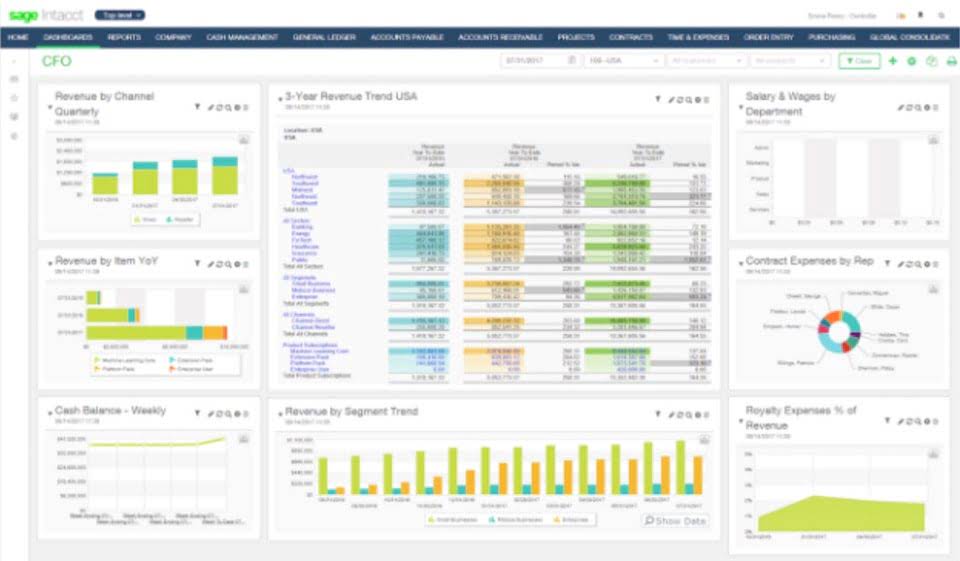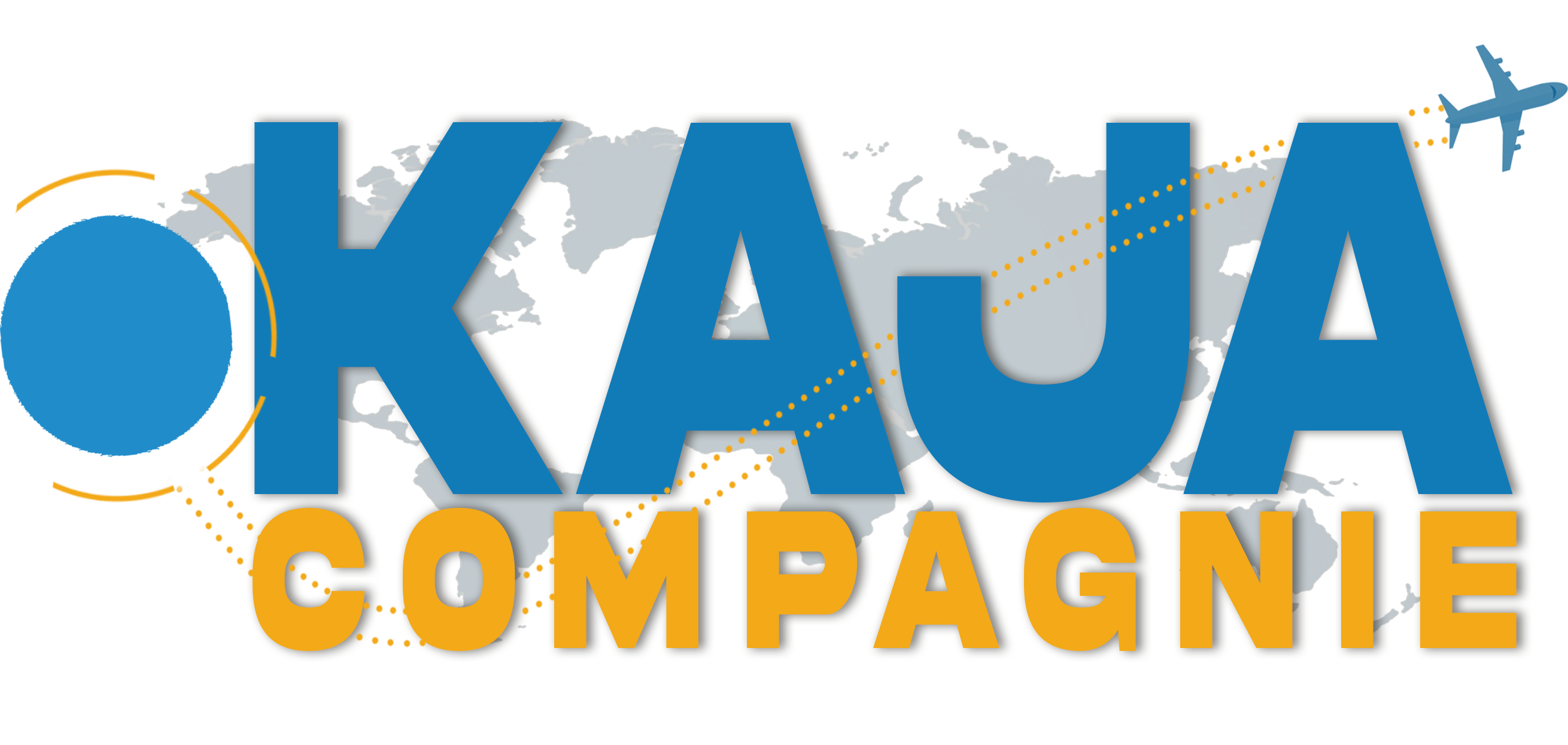
That’s why you should create a schedule to clean up your vendor data and eliminate redundant files. This entails evaluating a vendor’s factors, such as quality assurance practices, industry certifications, financial stability, tax compliance, regulatory standards compliance and reputation. The goal is to ascertain https://www.bookstime.com/articles/what-is-an-ein-number-and-does-your-business-need-one that a supplier meets the required vendor qualifications standards you’ve set for your company. As part of digital transformation initiatives in Procurement, one of the areas that will be very much in scope is that of Supplier Information Management, or SIM.

How can effective vendor master file management contribute to cost reduction in procurement?
- Standardizing vendor names or addresses prevents confusion and errors during data retrieval and analysis.
- A future-proofed MDM strategy always includes vigilance to ensure you have the most up-to-date vendor data.
- The added efficiencies brought about by practical vendor master data management also help strengthen vendor relationships, while supporting them in securing long-term success.
- Effective management of vendor master files starts with a standardized approach to data entry.
Vendors input pertinent information into the master data vendor file with these sell-serve portals. If you don’t limit access permission, such vendors may obtain top-secret details, like your trade pacts and contracts with other vendors, and use it to their advantage. It can be easily overlooked, but accurately and systematically recording vendor addresses in your master vendor file establishes order in your VMM. Since you’ll work with many suppliers in your business lifetime in different locations, establishing a unique style of capturing vendor addresses in your VMM will foster uniformity across the system. By organizing your vendor data like this and integrating it smoothly into your systems, you empower your team with quick access to essential information while boosting operational efficiency across the board. Supplier Master Data Management (SMDM) is crucial for maintaining supplier and vendor data quality over the long term and for avoiding the issues caused by bad data.
The 16 Best Master Data Management Tools (MDM Solutions) for 2025
You do so by reviewing a vendor’s operational capacity, financial standing and past relationships with other companies in detail. As you prepare to assess, you’ll want to consider all five stages of your third parties’ lifecycles. Particularly for supply chain cybersecurity, you’ll want to map critical assets, assess threats and prioritize risks to ensure seamless operations and robust security. By regularly checking and updating your master vendor file, you can remove any new duplicate vendors that may arise. It’s also best practice to archive or remove any vendors that have been inactive for more than twelve months, enabling more efficient and streamlined management of your master vendor data. You can take this process to the next level with automation and get alerted to duplicates or inactive vendors, rather than spot checking and tackling manually when you remember.

Best Equipment Asset Management Vendors
Research published by MIT Sloan found that poor data quality is costing companies 15-25% of revenue — which costs the US economy an estimated $3.1 trillion each year. When vendor data is riddled with error, incomplete, or outdated, it can cost companies time, money, and damage supplier relationships. Vendor master data refers to the core set of information that an organization has about its suppliers. This dataset serves as the foundation for all vendor-related transactions and interactions within a company’s systems. Vendor master data typically includes details like the vendor’s legal name, address, tax identification numbers, banking information, payment terms, and contact details.

This process aims to facilitate the extension of supplier information and manage the new or existing data. The main issue with these is that Vendor Data gets duplicated, error-prone and inconsistent over time, especially with poor data governance systems in-place. Publicly available data not available in the source systems can be enriched through Automated bots and web crawlers and map them back to the database after a thorough review. In complex organizations, loosely governed processes lead to duplicate records being created in the system that is often a result of “Human Errors” which, let’s face it, is inevitable.

Procurement, finance, and compliance teams all have access to the same accurate, up-to-date vendor details. This consistency eliminates confusion, prevents errors, and ensures everyone is working with the right information at the right time—saving time and reducing costly mistakes. Vendor risk assessment involves looking at vendor master data management possible risks your business may be exposed to by doing business with a vendor.
- Supplier data management can help you improve supply chain visibility, gain operational efficiencies and increase agility for supplier onboarding and time to market.
- When a relationship closes, make sure the vendor master data is deleted from the ERP and other systems.
- Gaining the agility necessary to adjust and adapt to a fluid market requires visibility.
- In many cases, as a requirements scale, better supplier alternatives are also available as long as the understanding of relationship is maintained.
- When vendors see that their partners are committed to maintaining accurate records of transactions and agreements over time without errors or discrepancies, they feel confident in the partnership’s reliability.
- We’re ready to help you transform complex, repetitive vendor data management practices into super-simple, powerfully efficient automation that saves you time, money, and hassle.
- Incorrect or fraudulent bank records can lead to substantial financial losses that derail your company’s and vendor’s operations.
- Utilise self-service portals where suppliers can enter and update their details directly—reducing manual errors and keeping records current.
- Vendor risk assessment involves looking at possible risks your business may be exposed to by doing business with a vendor.
- Additionally, there were inconsistencies leading to inaccurate or misleading business insight.
Adopting internationally recognized coding systems, like the Harmonized System (HS) for goods classification, ensures consistency and enhances interoperability across global supply chains. Advanced data management tools with built-in standardization features can further streamline this process. Vendor master data is the single source of truth for all the key details about your suppliers. Strict data entry regulations are necessary for maintaining data accuracy across all your company’s departments.

A 2017 and 2018 Most Influential Business Journalist and 2021 “Who’s Who” in Data Management, Tim is a recognized industry thought leader and changemaker. Ultimately, you’ll end up with redundant fixed assets files from all the vendor data transactions you complete. While you’ll need to archive some files for reporting and compliance, most become irrelevant and need to be cleaned up after some time.
Training keeps all users proficient with VMM, thereby eliminating or limiting errors of commission or omission. Businesses using a centralized supplier data management solution can benefit from real-time updates, consistent data and improved operational efficiency. Effective supplier data management can lead to cost savings, better compliance and a competitive advantage in a dynamic business landscape. By maintaining a clean master vendor file, companies can effectively manage their relationships with vendors, monitor performance and facilitate effective communication.
